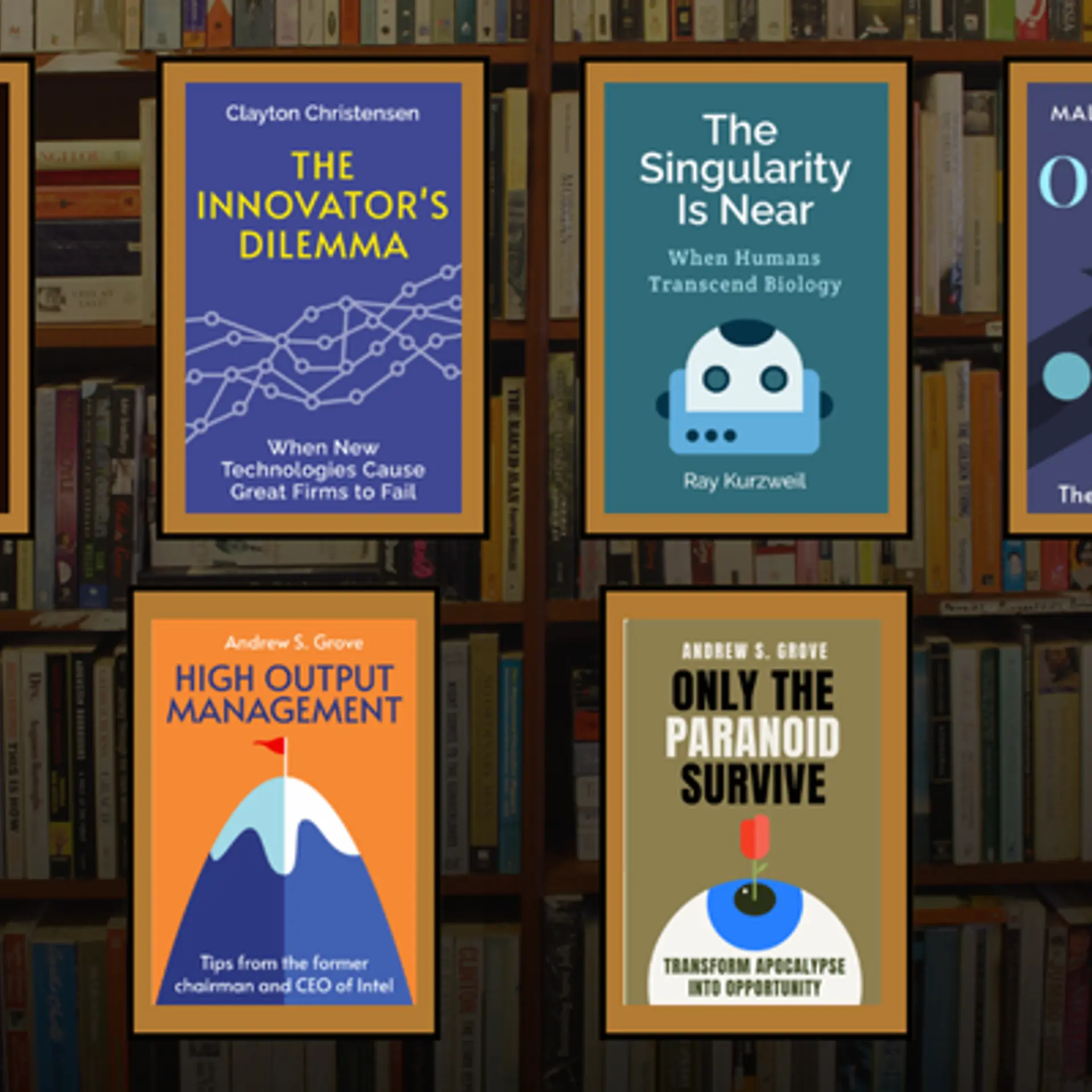What you need to learn about Pinterest ad targeting
Have you ever considered advertising on Pinterest? For any brand, big or small, to survive in this competitive market, advertising and promotions are important. Since we belong to the modern age of the internet savvy, social media is a great option for online promotional campaigns. Ad targeting is a crucial move that you should soon make for your brand because it is a good way for you to get your product line noticed by a person searching the website for a similar product. Recently, Pinterest got an interesting set of updates which makes targeting all the more powerful.

Ad targeting on Pinterest
In the past, you could target promoted pins based on the interest of the pinner, which was given away by the keywords and search history. By this act of targeting, you combine two worlds; one where you have complete data on your target audience, and the other where you are targeting people who are generally exploring the platform without any particular purpose. While your target audience should be your main focus, ignoring the other set of people can cost you a lot in the long run. Remember, even the people you are not targeting are a 100 percent potential.
Pinterest Ads Manager, incorporates customer list targeting, visitor retargeting, and lookalike targeting. With these three tools, you can greatly expand your audience pool. Here’s what you need to know about them:
Customer list targeting
Put the power of email to good use by targeting an audience section based on the data of already existing customers. For this, you will be required to upload a .CSV file with the values filled in. Then in the Pinterest Ads Manager, select ‘audiences’ from the ‘ads’ drop down menu and click ‘create audience’. After you have uploaded the file and created the audience list, you can explore this option to its maximum strength.
For instance, if you are promoting an offer which is only for new clients, you can exclude your existing Pinterest users from this list. With this tool, you can manage the promotional campaigns of your brand in a customised manner.
Visitor retargeting
Connections can get lost. Time and effort have to be spent to sustain them. By using the visitor retargeting option, you reach out to customers who have visited your website in the past but maybe did not return for long intervals. It is your task to create strategies to entice them back to using your website. With the visitor retargeting tool, you can create promotions and customised categories primarily targeting the visitors that have previously shown interest in your business/website/products. You can have promotions created based on what they liked and disliked last time, etc.
Lookalike targeting
Even though you have an existing audience pool that responds well to offers, you might still be looking to increase its size and expand your business further. Lookalike targeting can help. This move is ideal when you’re looking to reach a larger group of followers with interests similar to your existing audience faction.
To make this work, in the ‘audiences’ option, select ‘lookalike audience’ and you are good to go. Using this option can make you connect with potential customers around the world.
Test results
Pinterest tried this feature on a few businesses they have been working with for some time now. The results showed that for some businesses, visitor retargeting increased their brand engagement rates by 3x. For some other businesses, lookalike targeting was a huge success with their brand engagement rates going up by as much as 63 percent and a reach up to 30x.
Clearly, at the core of this tool is a natural connection that has existed between what people have been using Pinterest for and what marketers have been trying to achieve through their constant efforts.
There was a time when Pinterest’s marketing options were simple and limited. However, like every other social platform, they too have evolved and it is only making things easier for both businesses and end consumers. Their current and upcoming marketing tools have the potential to bridge the gap between the demand and the supply. What is your take on this? Let us know!







